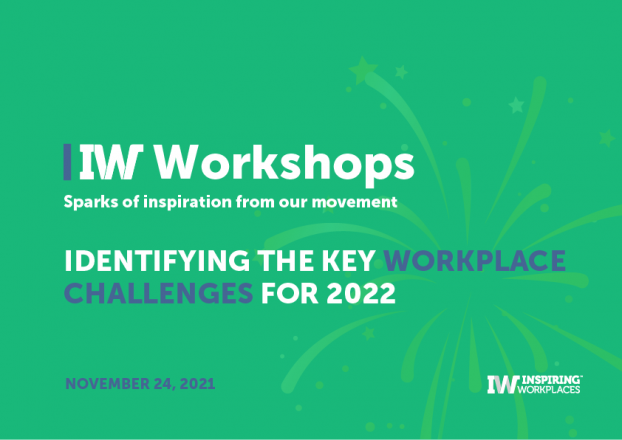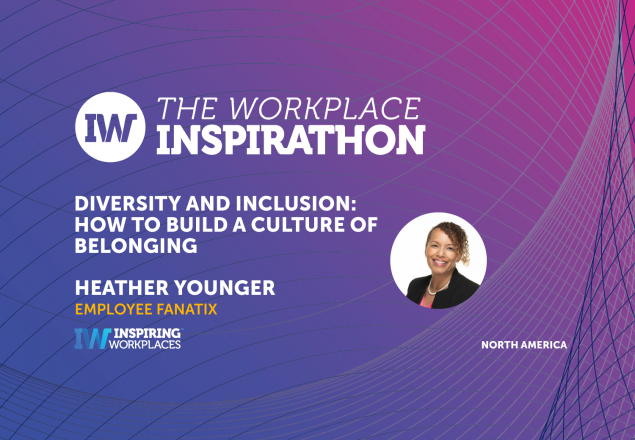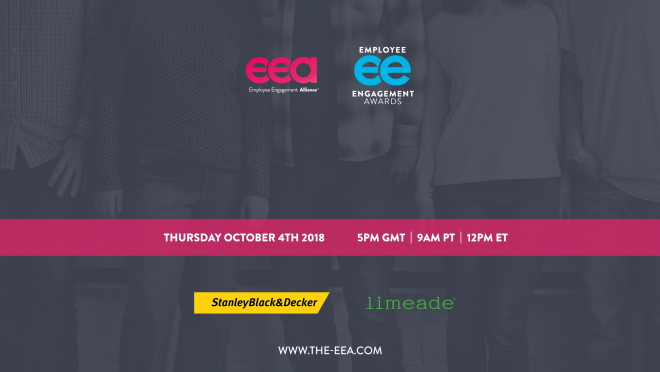
04th April 2025
Is Integrating DEI into Wellbeing Essential for Mental Health & Inclusion

Dr. Suzy Green highlights the critical intersection between DEI and workplace wellbeing, urging organizations to integrate DEI efforts into mental health and safety strategies. With research showing DEI enhances psychological safety and engagement, treating discrimination and exclusion as psychosocial hazards can help reduce risk and foster more inclusive, thriving workplaces.
This article was written by Dr Suzy Green and published on LinkedIn.
I want to begin by stating that I don’t consider myself a DEI expert. My expertise lies in workplace wellbeing, mental health, and peak performance. However, through my work with organisations over the past 20 years, and in my academic career, I have consistently observed the intersection between DEI and employee mental health and well-being. What strikes me most is that in my experience most DEI programs operate separately from workplace mental health and well-being policies and initiatives. This separation has never made much sense to me, given the strong research evidence linking diversity, equity, and inclusion (DEI) with employee wellbeing, engagement, and psychological safety. The question I’ve repeatedly asked and ask of you today on #IWD is “why aren’t DEI programs explicitly recognised as a workplace mental health & wellbeing issue, with organisations integrating DEI efforts within their broader mental health and well-being strategy and workplace (psychological) health and safety policies?
Research consistently shows that organisations with higher levels of DEI experience a range of well-being benefits, in addition to notable business advantages. Well-being benefits include increased psychological safety, higher levels of employee engagement, lower stress levels, and improved mental health outcomes for marginalised groups (Deloitte, 2020; Dobbin & Kalev, 2021). A study by McKinsey & Company (2023) found that companies with strong DEI commitments report higher levels of employee well-being, job satisfaction, and team performance.
At the same time, we are witnessing a concerning trend: U.S.-based companies are rolling back their DEI programs, a shift that is rippling across global organisations—particularly those doing business with U.S. federal services (Fortune, 2023). This raises important questions about the broader impact on those most affected by these decisions. What does it mean for the mental health and well-being of individuals who rely on these initiatives for workplace support and protection?
In my work, I’ve seen firsthand the impact these programs can have. However, most DEI programs remain disconnected from workplace mental health and wellbeing policies, which seems like a missed opportunity given the strong connection between DEI and mental health (American Psychological Association, 2022). If workplace wellbeing workplace health and safety policies aim to create psychologically safe and inclusive environments, then addressing DEI challenges must be a central component.
Perhaps now is the time to take a closer look at workplace mental health and well-being policies to ensure that those most vulnerable—who are often the same individuals most affected by DEI issues—are adequately supported. In Australia, protecting employee mental health and well-being isn’t just a moral imperative; it is a legal obligation under workplace health and safety laws (Safe Work Australia, 2021). While this may not be the case in every country, the reality is that mental health challenges affect nearly everyone—whether personally, within our families, or in our workplace teams. Given the widespread recognition of mental health as a workplace priority, imagine the public outcry if a government or workplace leader suggested eliminating mental health initiatives altogether!
To continue reading this article in full click here: Why DEI is—and isn’t—a WellBeing Issue






